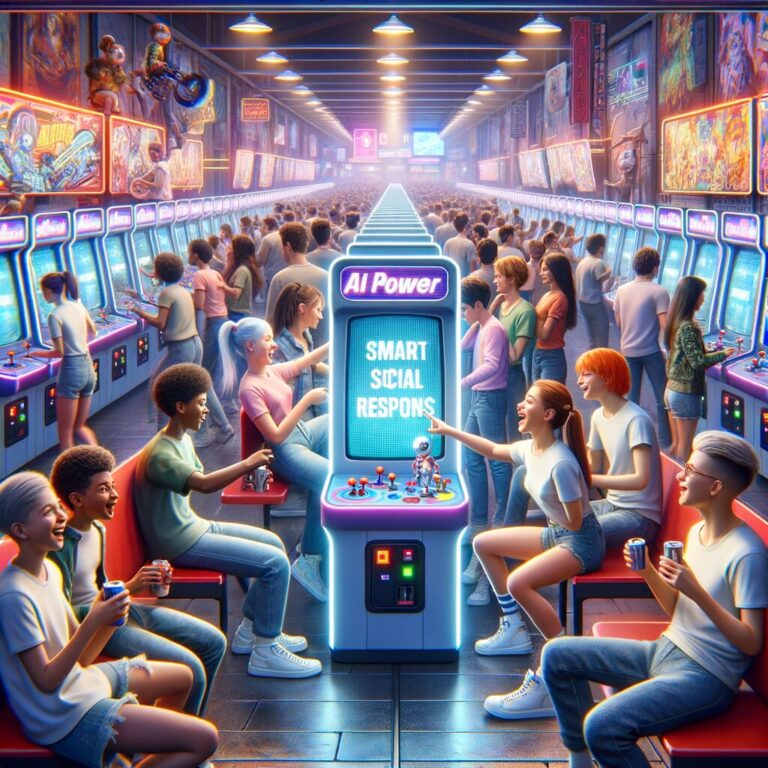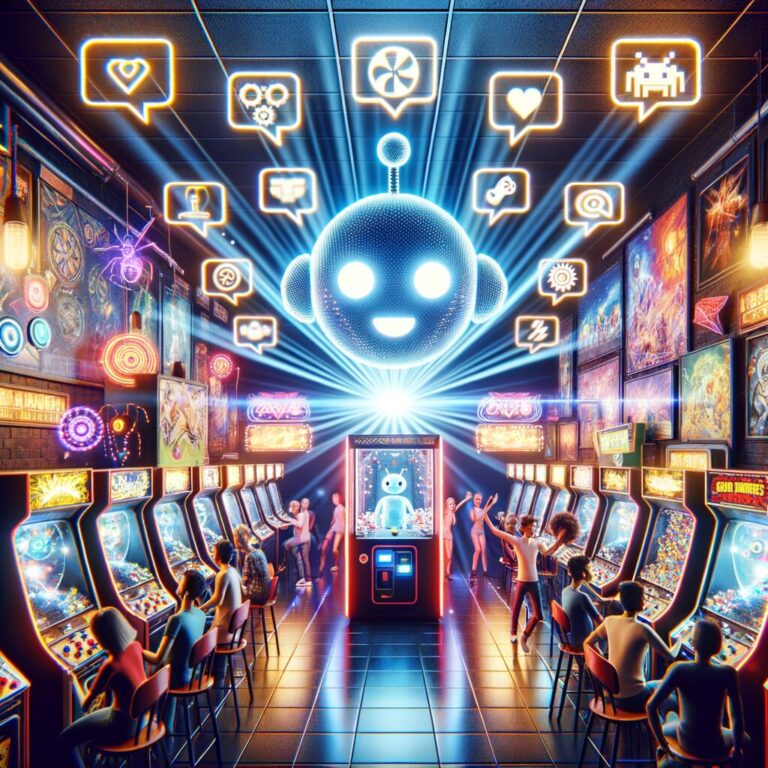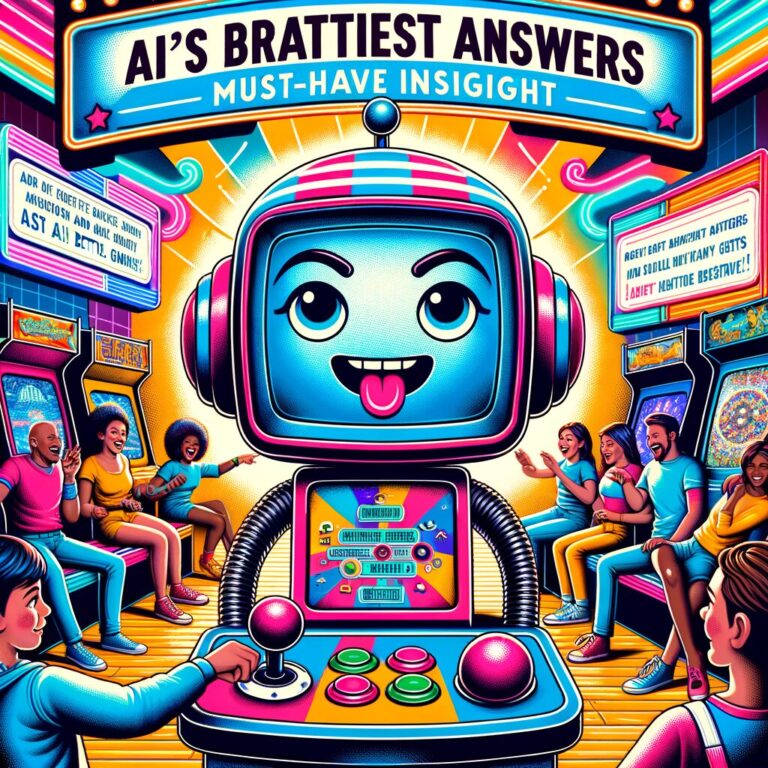Brains vs. Bots: Discover the Must-Have AI Revolution
The ongoing evolution of artificial intelligence (AI) has sparked a remarkable debate — are we witnessing a battle of brains versus bots? Or, more accurately, a collaboration that is transforming industries, redefining work, and reshaping how we live and interact? As AI continues to advance at an unprecedented pace, understanding its impact and the must-have innovations that come with it is essential for individuals and organizations alike. This article delves into the AI revolution, spotlighting the crucial developments and trends that are shaping a future where human ingenuity and machine intelligence coexist.
The Rise of AI: A New Era of Innovation

Artificial intelligence has dramatically transitioned from the realm of science fiction to a tangible, everyday reality. From voice assistants like Siri and Alexa to complex algorithms powering recommendation engines on Netflix or Amazon, AI’s reach has permeated various facets of our daily lives. This rapid proliferation underscores a key insight: AI is no longer a luxury but quickly becoming a necessity across many sectors.
Why the AI Revolution Matters
The core of this revolution is the transformative potential of AI to improve efficiency, precision, and decision-making. Businesses leverage AI to optimize supply chains, automate customer service, and personalize marketing strategies, leading to increased profitability. Meanwhile, researchers are exploring AI’s role in healthcare, environmental sustainability, and education to solve complex global challenges.
Brains vs. Bots: Understanding the Dynamic
While the phrase “brains vs. bots” might suggest a rivalry, the reality is more nuanced. Human brains possess creativity, emotional intelligence, moral judgment, and abstract thinking capabilities that machines still lack. Conversely, bots and AI systems excel in processing massive amounts of data rapidly and executing repetitive tasks tirelessly.
The Complementary Nature of Human and Artificial Intelligence
The most effective approach is to view AI as augmenting human intelligence rather than replacing it. For instance, in medical diagnostics, AI can analyze vast datasets to identify patterns beyond human capacity, supporting doctors to make quicker and more accurate diagnoses. In creative fields, AI tools assist artists and designers by automating mundane tasks, freeing them to focus on innovation and artistry.
This synergy highlights why embracing AI as an essential partner rather than a rival can unlock unprecedented potential across industries. The collaboration of brains and bots is paving the way for smarter, more efficient solutions.
Must-Have AI Innovations in the Modern World
What are the critical AI innovations that organizations and individuals need to stay competitive and relevant? Here are some of the most impactful developments:
1. Natural Language Processing (NLP)
NLP enables machines to understand, interpret, and generate human language. This technology underpins chatbots, virtual assistants, and language translation tools, facilitating seamless communication between humans and machines. Advanced NLP models like GPT-3 exemplify how AI can generate coherent, context-aware text, revolutionizing customer support, content creation, and language learning.
2. Machine Learning and Deep Learning
These subsets of AI allow systems to learn from data autonomously and improve over time. They are essential for predictive analytics, fraud detection, personalized recommendations, and autonomous vehicles. Continuous improvements in algorithms and computational power keep enhancing their effectiveness and scope.
3. Computer Vision
AI-powered image and video analysis are transforming sectors such as security, healthcare, and retail. Computer vision enables tasks like facial recognition, medical imaging diagnostics, and automated quality control, offering accuracy and speed that surpass human capabilities.
4. AI Ethics and Governance Tools
As AI becomes more pervasive, developing frameworks for ethical AI use and governance is vital. Transparency, fairness, and privacy are critical considerations, prompting innovations in explainability tools and bias mitigation techniques. Staying ahead in AI adoption requires not only technological prowess but also responsible AI stewardship.
The Future: Embracing the AI-Enhanced World
The future of AI hinges on continuing innovation and thoughtful integration. Organizations that invest in AI-driven solutions with a focus on augmenting human abilities will reap significant benefits. For individuals, developing AI literacy and skills related to emerging technologies will be increasingly vital.
In this ongoing AI revolution, the key lies in fostering collaboration. Machines will handle data-intensive tasks, while humans will drive strategy, innovation, and ethical considerations. The convergence of brains and bots promises a world where human creativity and machine efficiency work hand in hand to solve some of the world’s most pressing challenges.
Conclusion
Discovering the must-have AI revolution involves recognizing the dynamic interplay between human intelligence and machine capabilities. Far from competing, they are becoming integral partners in shaping a smarter, more innovative future. By understanding the advancements in NLP, machine learning, computer vision, and ethical AI governance, individuals and organizations can harness this transformative power. Embracing the partnership of brains and bots will ultimately empower us to unlock new possibilities and lead the way in this exciting era of technological evolution.






